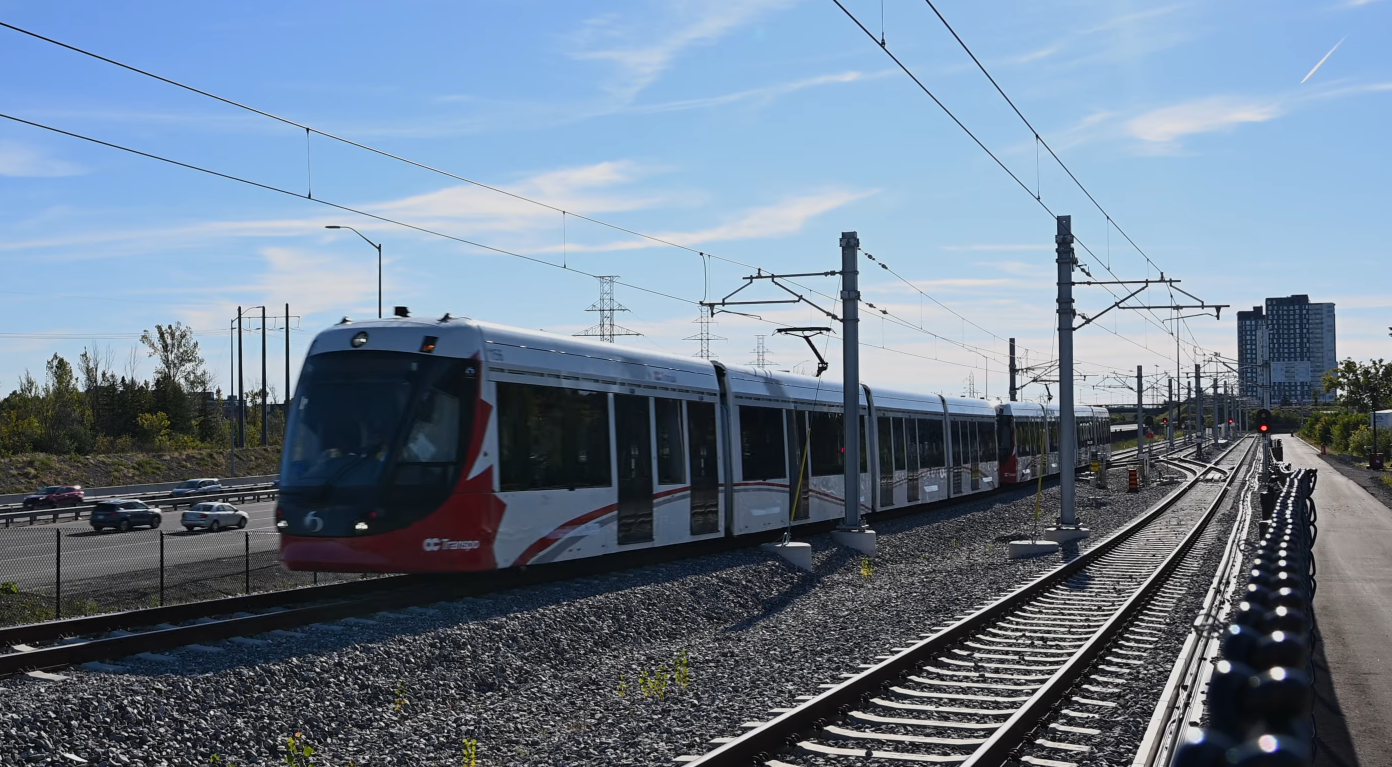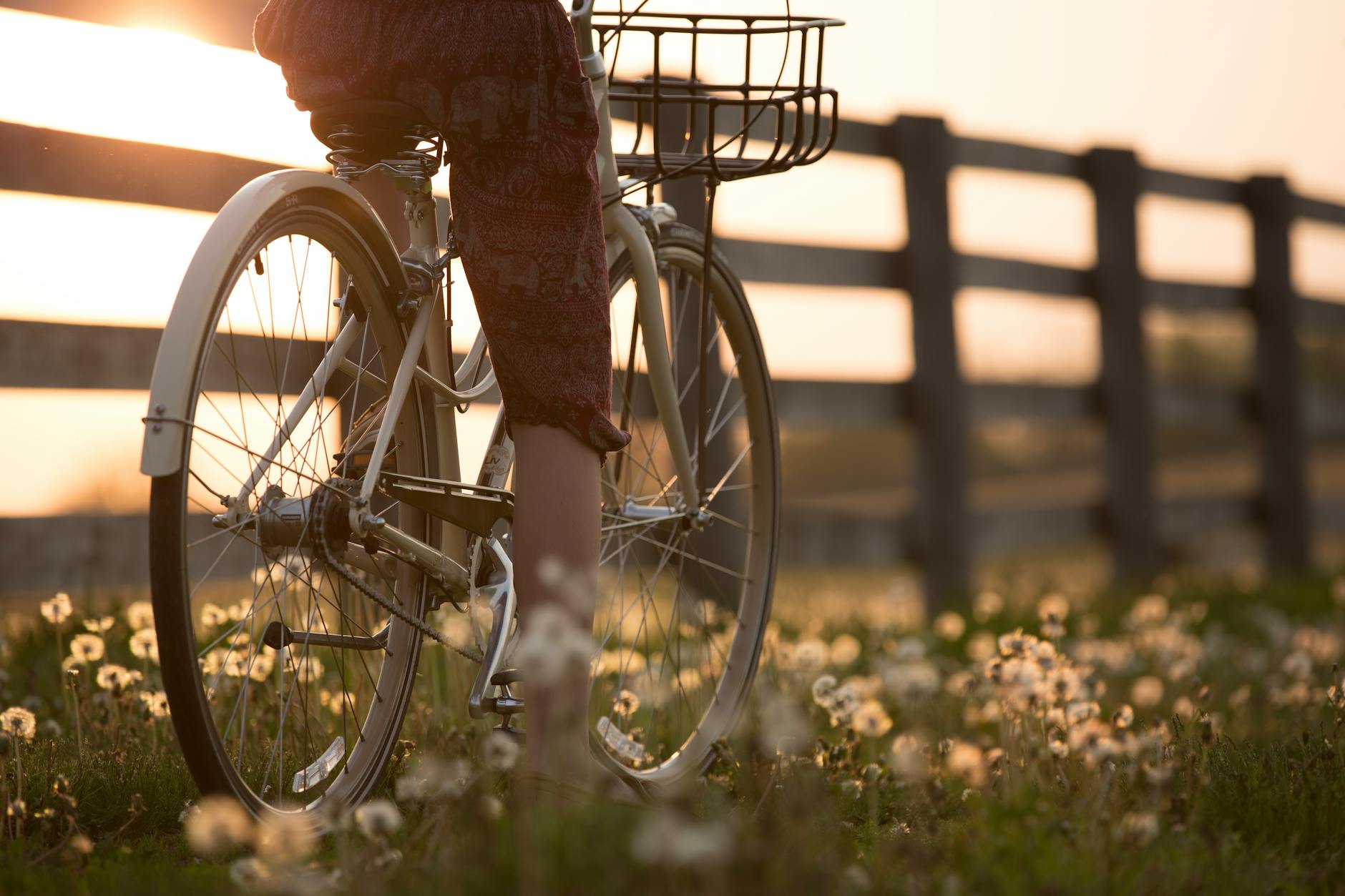
In Orleans, the car is king. It’s the default mode of transport for groceries, school runs, and even that quick trip for coffee. We often focus on the big-picture issues of car dependency – traffic, land use, emissions. But what if shifting away from the car, even just a little, could unlock significant benefits not just for our community, but for your personal well-being and bank account? It turns out, a less car-dependent life isn’t just good for the planet; it might just be the secret to a happier, healthier, and wealthier you.
The Invisible Burden of the Daily Drive
Think about your daily commute or errand run. The stress of traffic, the hunt for the closest parking spot, the honks from tailgaters – it all adds up. While seemingly mundane, this constant reliance on the car can contribute to:
- Stress and Frustration: Traffic jams, aggressive drivers, and parking woes are significant sources of daily stress.
- Reduced Physical Activity: Every short car trip is a missed opportunity for walking or cycling, contributing to a more sedentary lifestyle.
- Social Isolation: Driving often means moving from one private space (your home) to another (your destination) without meaningful interaction, reducing spontaneous community conversations.
But beyond these, there’s a more insidious burden: the financial cost.
Your Wallet’s Silent Saver: The Financial Freedom of Less Driving
Let’s talk money, because for many, this is where the rubber meets the road (or rather, where the rubber doesn’t hit the road, saving you cash). The average cost of owning and operating a car in Canada is substantial. We’re talking upwards of a thousand dollars a month on:
- Fuel: A volatile expense that drains your budget with every fill-up.
- Insurance: A non-negotiable, ever-increasing cost.
- Maintenance & Repairs: Oil changes, tire replacements, and the dreaded “check engine” light.
- Depreciation: Your car loses value the moment you drive it off the lot.
- Parking Fees: Even if you’re not paying parking fees directly, the cost of providing “free” parking is baked into everything you buy.
Reducing your car usage, even if you can’t go entirely car-free, directly translates to savings. Fewer kilometres driven means less fuel, less wear and tear, and you might get so used to it, when it comes time to replace the second car, maybe you realize you don’t need one. Imagine what you could do with an extra few hundred, or even several thousand, dollars a year! A vacation? Home improvements? More date nights at a local, walkable restaurant? The possibilities are surprisingly expansive.
Beyond the Dollars: The Quality of Life Dividend
The benefits extend far beyond financial savings. Embracing less car dependency can significantly boost your quality of life:
- Improved Physical Health: Walking or cycling for errands builds physical activity into your day effortlessly. Even walking to a transit stop adds steps to your routine.
- Enhanced Mental Well-being: Swapping stressful commutes for active travel can reduce anxiety and improve mood. The simple act of being outdoors and observing your surroundings can be incredibly calming.
- Stronger Community Connections: When you walk or bike, you’re more likely to encounter neighbours, discover local shops and services, and become more familiar with your immediate surroundings. This fosters a deeper sense of belonging and makes Orleans feel more like a cohesive community, not just a collection of houses connected by roads.
- Time Reclaimed: While a car might seem faster, the total time spent driving, parking, and maintaining it can be surprising. For shorter trips when you’re able to, walking or cycling can often be quicker, and it certainly frees up mental bandwidth.
Making the Shift in Orleans: Practical Steps
Living a less car-dependent life in Orleans isn’t about giving up your car entirely for most people, but about making conscious choices to reduce your reliance on it. This might involve:
- Identifying Walkable Destinations: Are there local shops, parks, or friends’ houses you could walk or bike to instead of driving?
- Embracing Public Transit: For trips out of walk or bike range, exploring OC Transpo options can save on gas and parking places like downtown, as long as there is a convenient route.
- Car-Sharing or Ride-Sharing: For infrequent needs, consider services that provide access to a car without the burden of ownership.
- Advocating for Better Infrastructure: Supporting initiatives for improved sidewalks, bike lanes, access to transit, and more accessible local amenities directly helps make less-car living easier for everyone in Orleans.
The road to a less car-dependent life in Orleans offers a compelling return on investment – not just for our community’s future, but for your personal happiness and financial well-being, too. It’s a journey worth taking, one step, or pedal stroke, at a time.









